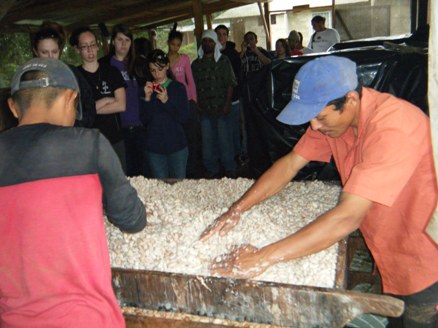| Geography of Coffee Matagalpa Study Tour -- 2010 James Hayes-Bohanan , Ph.D. Bridgewater State College Geography UPDATED January 16, 2010 I have expanded this site's information about coffee shops, coffee roasters, coffee tours, health effects, and coffee preparation, and have moved that information to other pages. You can continue the exploration at my main coffee page. This page is about my January 4--16, 2010 study tour in León, Jinotega, Matagalpa, and Granada. See my Coffee-Nicaragua page for stories, insights, and photographs from the 2006, 2007, and 2009 study tours. |
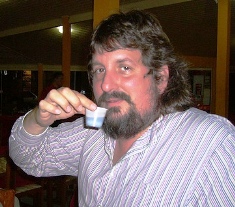 Cafezinho in Florianópolis |
|
|
|
|
The
Coffeeland
Landmine
Victims' Trust connects the coffee industry to landmine victims
throughout
the coffee-growing areas of the
world. Unfortunately, this
includes the Contra War area of
Nicaragua. This year the journey takes us back to Ben Linder's
grave in
Matagalpa, but also to the Ben
Linder
café in León, which was established with
the help of Deans Beans. It
honors the martyred North American engineer
while helping farmers and victims of land mines. It is also a source of
something rare in commercial establishments in Nicaragua: a decent cup
of coffee!
|
"To
know the
unexplored of northern Nicaragua"
|

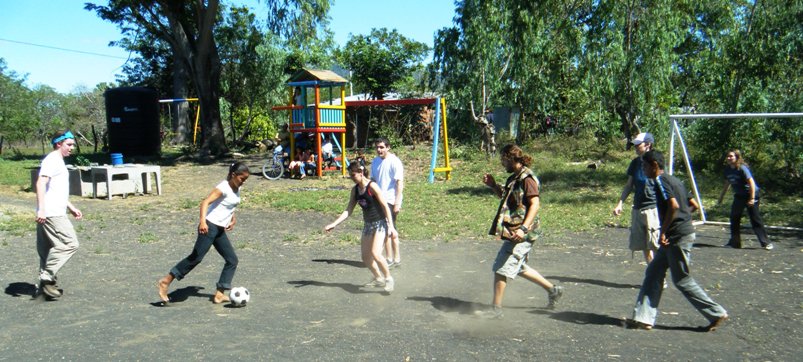
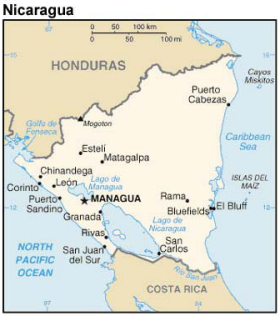
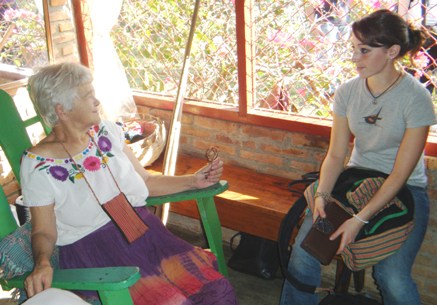
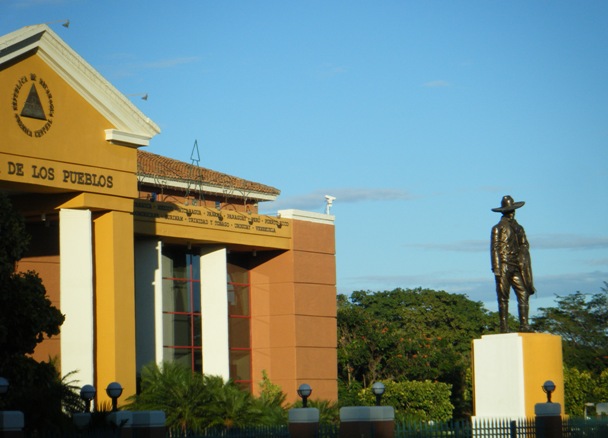
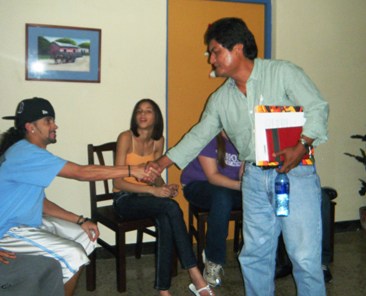
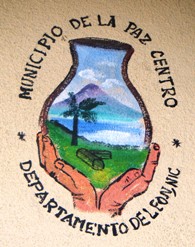
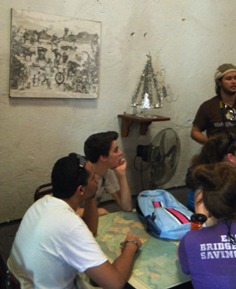
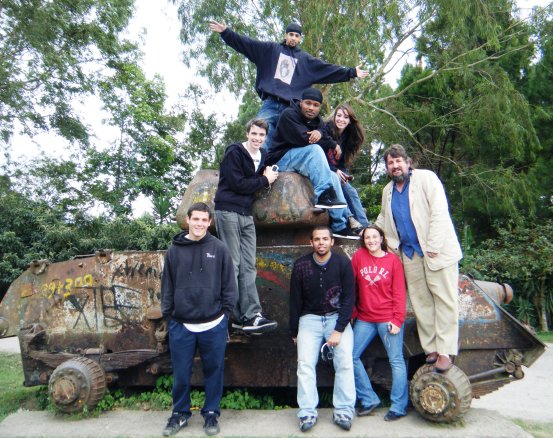
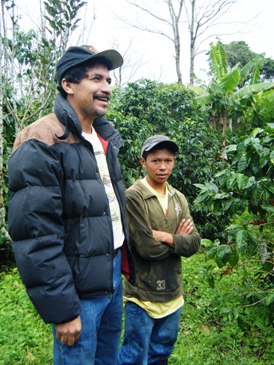 Coffee historian Mark
Pendergrast has called Paul Katzeff "God's Gift to Coffee." Along the
road from Matagalpa to Jinotega lies the farm of God's Gift to Paul
Katzeff: the profound, poetic, and essential Byron Corales. We had the
privilege of spending several hours with Byron - I call him "Lord
Byron" after the British poet. (See photos of that visit begining here
in the Nica2010 Flickr set.)
Coffee historian Mark
Pendergrast has called Paul Katzeff "God's Gift to Coffee." Along the
road from Matagalpa to Jinotega lies the farm of God's Gift to Paul
Katzeff: the profound, poetic, and essential Byron Corales. We had the
privilege of spending several hours with Byron - I call him "Lord
Byron" after the British poet. (See photos of that visit begining here
in the Nica2010 Flickr set.)